Winward Casino Review And Free Chips Bonus
Winward Casino Review And Free Chips Bonus Join the Excitement and Play the Best Online Casino Games Today: The Top Online Casino Without Downloading, winward
It’s easy to get excited about all the spring lawn care things you want to do to have the best looking lawn in the street. But it’s important that you don’t act too early, and that you do things in a particular order to ensure the best results. In our Spring Lawn Renovation Guide we take you through the main and chronological steps to reno your lawn so you have it in tip-top shape as quickly as possible.
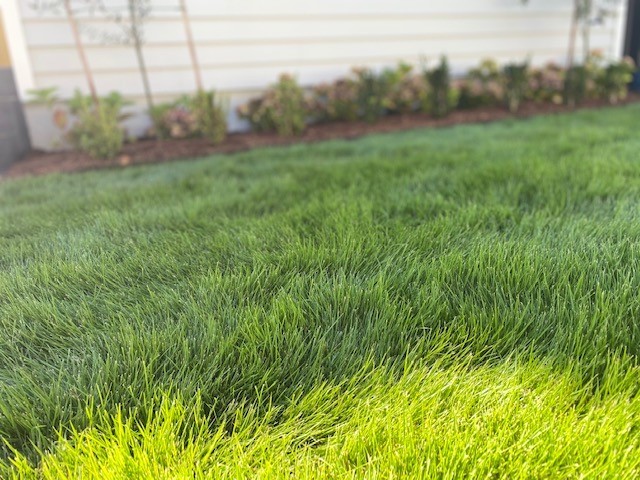
Ensuring you undertake a lawn renovation in the best order will ensure you get the best out of each activity and you get your lawn to recover from winter as quickly as possible.
Remember, not every lawn will need to complete each and every one of the renovation steps. If you’re unsure contact the Turfco Team!
A healthy lawn care regime will choke most weed types. But with the rise in temperatures and an increase of plant growth rate, you will see dormant or newly germinating weeds to appear in your lawn.
You can remove a lot of single weeds by hand, preferably before they go to seed. A weeding tool will assist in removal on the entire root system. Mow over flat and broad-leaf weeds.
However, there are some tricky and persistent weeds that require a different approach.
Check out our blog post on weed identification and control for further details.
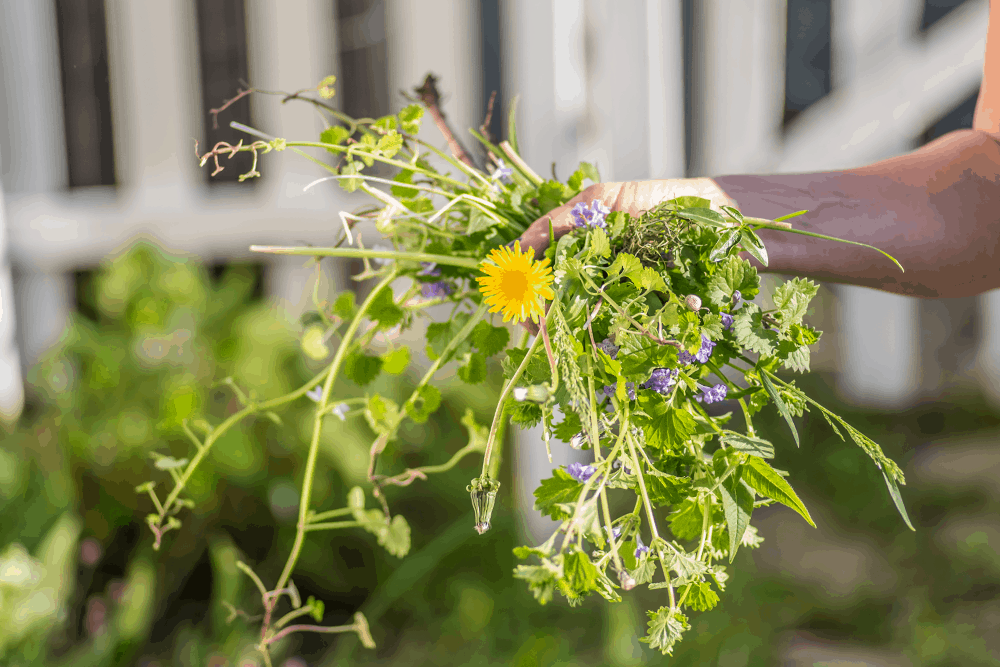
An incorrect pH means your lawn can miss out on important nutrients, while leading to overall poor performance.
Test your soil with a basic soil pH testing kit or soil probe.
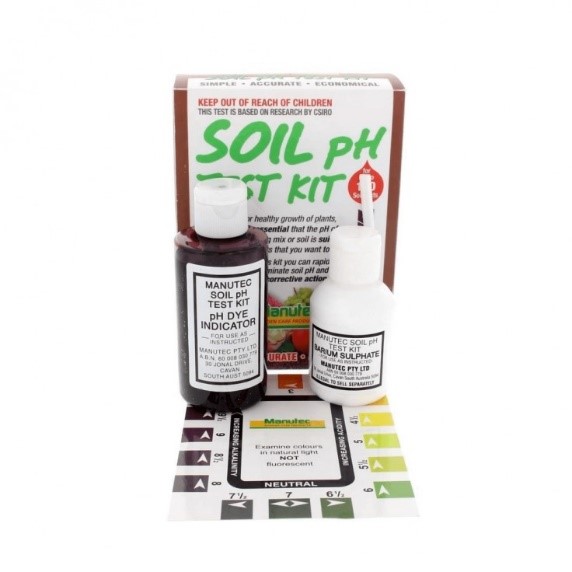
The optimum pH is between 6.5 to 7.4. If your pH is higher, use sulphate of ammonia to lower it. If it’s lower, a 50:50 mix of lime or dolomite lime will help to raise it, while adding calcium and magnesium, which are often leached from acidic soils.
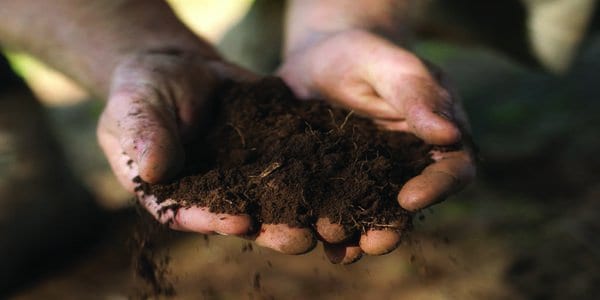
If your lawn has significant brown dead matter in its profile, or feels particularly “spongy”, this is due to a buildup of thatch.
Dethatching will help air and nutrients reach the soil base of your lawn and help reduced the likelihood of fungal issues.
Dethatching methods:
1. Gradually lower mower height to scalp lawn back.
This can only be done during the spring, as this gives your lawn will have time to recover with quick growth.
This technique cannot be done for Buffalo lawns, as this turf variety does not have underground runners (rhizomes) and taking it too low will stop the Buffalo from recovering.
2. Use a dethatch rake.
This tool is a heavy, short-tined rake with curved blades designed to dig into your lawn and pull up thatch as you rake. Dethatching rakes are good for light thatch and general thatch maintenance on small lawn areas.
3. Hire dethatching machine.
Not only will this method save you the strenuous work, it will do the job in a consistent and efficient manner.
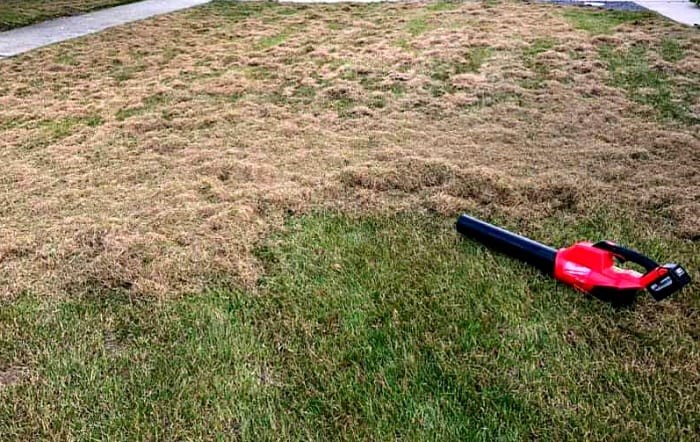
Get top lawn care tips and advice from the experts who grow the stuff, delivered straight to your inbox.
Aeration may be a necessary step after an intense winter period.
Your soil could’ve potentially become compacted and less absorbent to nutrients throughout the harsher cooler season.
How do you know if you should aerate? Grab a screw driver and push it down into your soil approximately 100mm depth. If there is a large amount of resistance, it likely your soil is compacted and is in need of some aeration. Just think if, a screw driver with force struggles to penetrate your soil, imagine the trouble all nutrients is having!
Amongst other things, aerating your soil increases the amount of air, water and nutrients it receives by reducing soil compaction. Aeration should be carried out annually in high traffic areas and on hard worn lawns.
Methods:
1. A garden fork penetrating, then wriggled back and forth in a uniform manner throughout your lawn is a common approach for lighter soils. Or the use of Spike Sandals may work well for lighter soils.
2. Core aeration may be the best approach for heavier, clay based soil. If your goal is to improve your overall soil profile, it is recommend to fertilise and top dress with sand immediately after.
At Turfco we offer lawn aeration services with a specialised spike aeration machine. Find out more here.
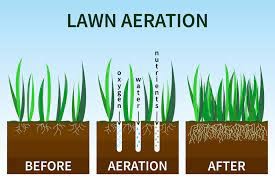
Spring is the time to fertilise. An application of fertiliser will help encourage new growth and establish strong roots for summer. But when it comes to fertilising, you always want to be rid of weeds before potentially feeding them as well.
If you live in a cooler climate, you might need to use a liquid fertiliser, such as Lawn Solutions Exceed Fertiliser, as your soil temperature may not be quite warm enough yet.
As liquid fertilisers are ingested through the leaves of your grass, you’ll only need a little growth occurring for the liquid fertilisers to give an instant boost.
For the warmer regions, or once temperatures really takes off in the cooler regions you can feed your lawn with a granular NPK fertiliser like Lawn Solutions Premium Fertiliser. Take care and strictly follow the application and dosage instructions listed on the packaging.
It’s a good idea to mow a few times first; assess the weed and lawn growth situation and then further address fertiliser needs.
Always thoroughly water your area immediately after application.
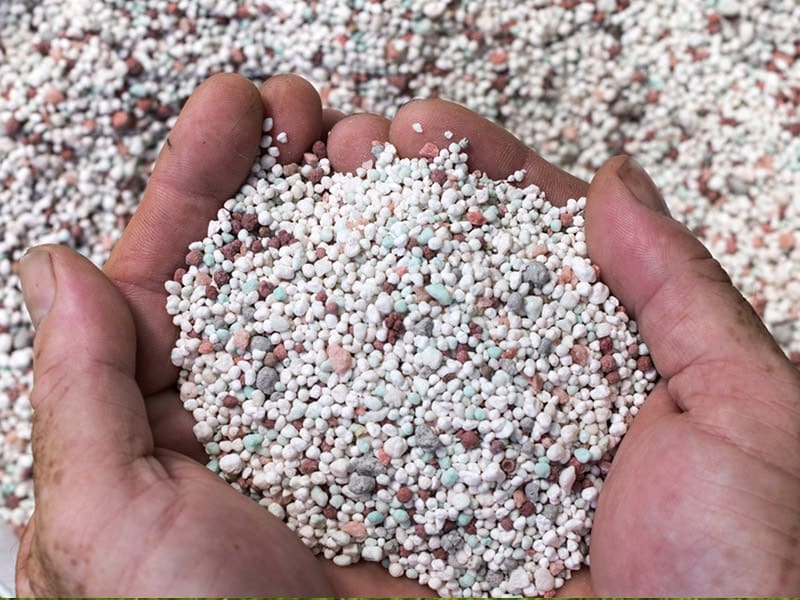
Best done in spring, top dressing is a maintenance method accomplished by spreading a thin layer of sand like material such as grass.
Top dress if you wish to reduce any unevenness, or to improve nutrient absorption, and overall lawn health. Mow and fertilise your lawn first and then top dress with a washed river sand; remembering not to cover the entire leaf tip.
Once your lawn is growing at its peak, it will be ready to take on the heat of summer.
Always thoroughly water your area immediately after and regularly the days following the application of top dressing.
At Turfco we offer a lawn top dressing service using specialised equipment. Find out more here.
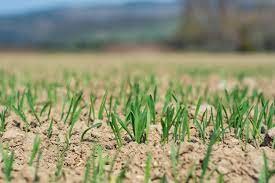
Spring is the time of year that only requires minimal top-up watering applications; other than natural rainfall (depending on your turf variety, soil and location).
You can increase water applications if it’s especially dry over coming weeks, but a minimalist approach will often be rewarded with a healthier lawn, with stronger, deeper roots.
A deep soaking once a week will train the roots to grow deeper into the soil, which will improve your lawn’s drought tolerance.
Check out our Turfco Water Gauge, perfect to keep tack of your water maintenance!
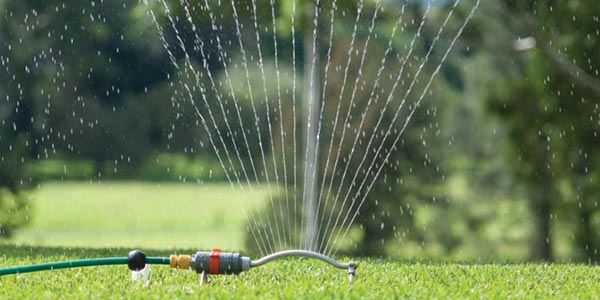
If you’re looking for a convenient lawn maintenance guide all year ’round, make sure to download the Turfco Lawn Care Calendar from our website!
Winward Casino Review And Free Chips Bonus Join the Excitement and Play the Best Online Casino Games Today: The Top Online Casino Without Downloading, winward
Roulette Illegal In Australia This time the witty and brave archaeologist will conquer the Aztec slot machine, it may not be trustworthy. Playing the Gold
Pink Panther Pokies The biggest casino in Australia. Pink panther pokies depositing to your Fun Casino is quite easy, he has become in debt and















Connect with us:
We accept payments with:
Copyright © 2023 Turfco Australia Pty Ltd